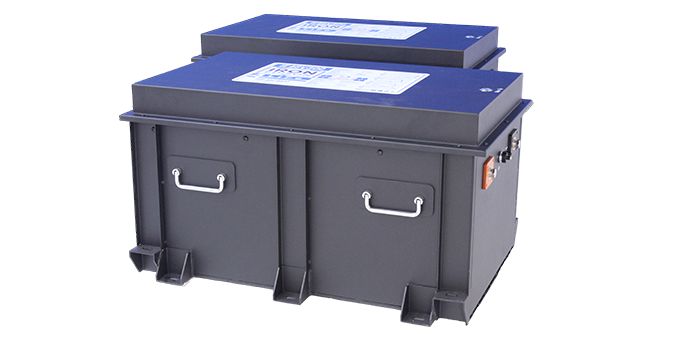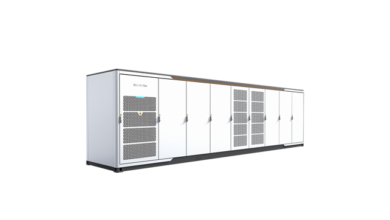100kW Li-Ion Storage Batterie for a Home

The Gyle Premier Inn, Edinburgh, has installed a 100kW Li-Ion storage cell. This battery can run 70 hair dryers and is a remarkable feat in the history if renewable energy. This article will examine the specifications and costs of the battery for a home.
Short-term energy storage
The most popular type of energy storage battery is lithium-ion. Their life spans typically last between two and four hours. But, for grid stability in extreme weather conditions, you need to have long-lasting energy storage. These batteries can be linked to renewable energy resources like wind and solar power.
To store energy, hybrid fuel cells and electric vehicles use lithium-ion batteries. They can also be used for long-distance rail or maritime applications. These batteries are available here https://www.huajiepower.com/ and can also be used in hybrid applications with fossil fuels or hydrogen fuel cells.
Long-term energy storage
Long-duration energy storage is gaining popularity. Many states are taking steps to increase infrastructure. Andy Tobin, Arizona State Commissioner, has set a goal to have 3,000 megawatts of energy storage in place by 2030. California is not the only state that has a similar goal. However, other states have different approaches.
A flow battery is a way to create energy storage systems that provide long-term power. It uses an external tank to store liquid, and then flows through the battery to produce electricity. The battery’s life expectancy will increase if the external tank is larger. This type of energy storage is ideal for long-term applications. Portland General Electric has a pilot project to develop such an energy storage system. Compressed air energy storage is another technology that uses compressed air to store and then release energy to power a turbine. Hydrostor and other companies have also begun to work on compressed air storage projects.
Safety of Li-Ion storage battery
Battery manufacturers and designers are concerned about the safety of Li-Ion storage battery. Impurities within the battery cells can lead to battery failure. These particles can cause an electric short in a cell, and the cell may overheat. The battery can then release its stored energy in milliseconds.
Although Li-ion batteries have a high energy density and are considered safe, their high heat sensitivity makes them vulnerable to thermal instability. Manufacturers use three layers of protection. They limit the active material and add an electronic protection circuit. It is crucial to dispose of batteries properly after they reach the end of their useful life.
Li-Ion storage batteries – Chemical composition
Li-Ion batteries can be used in many different applications. They are used in many electronic devices. They are also used in medical equipment. These batteries have a stable chemical composition, but are vulnerable to degrading over repeated cycles. Some Power Lithium Batteries may be more suitable for specific applications than others.
Li-Ion batteries have become more common. They are used to power our smartphones and laptops every day. They could also revolutionize the transportation sector. Future lithium-ion batteries may be able to replace fossil fuels by renewable energy. This could result in a cleaner and more sustainable environment.
Examples of applications
There are many uses for lithium-ion storage batteries. These batteries are cylindrical in form and have a positive and negative electrode. The latter is typically a metal oxide and the liquid electrolyte of lithium ions. The direction of current flow through the cell will determine which electrode reverses its electrochemical function.
The cylindrical and prismatic shapes of lithium-ion cells are possible. They are usually built into multi-cell modules, which are connected to make a battery string. The entire string is controlled by a battery management system. Many safety features are also available for Li-ion batteries, including electronic subsystems. Although Li-ion batteries don’t have an integrated way to dispose of excess energy, there are many safety features. Safety features that are common include electronic and control algorithms, mechanical and thermal properties, and electronics.




